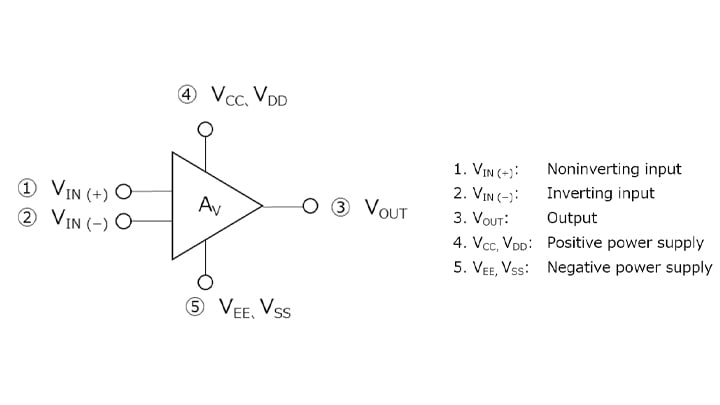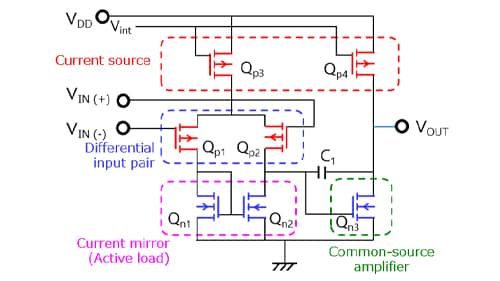- 半導體首頁
-
應用Automotive
Body Electronics
xEV
In-Vehicle Infotainment
Advanced Driver-Assistance Systems (ADAS)
Chassis
IndustrialInfrastructure
BEMS/HEMS
Factory Automation
Commercial Equipment
Consumer/PersonalIoT Equipment
Healthcare
Wearable Device
Mobile
Computer Peripherals
-
產品車用元件
Discrete Semiconductor
Diodes
電晶體
通用邏輯IC
Analog Devices
Digital Devices
Wireless Devices
※
: Products list (parametric search)
功率半導體※
: Products list (parametric search)
隔離器/固態繼電器Photocouplers
Digital Isolators
※
: Products list (parametric search)
MOSFETsIGBTs/IEGTs雙極性電晶體※
: Products list (parametric search)
Diodes※
: Products list (parametric search)
微控制器馬達驅動 ICs智能功率 ICs※
: Products list (parametric search)
電源管理 ICs線性 ICs※
: Products list (parametric search)
通用邏輯 ICs線性影像感測器其他產品其他產品
※
: Products list (parametric search)
-
開發/設計支援
開發 / 設計支援
-
技術知識
- 購買管道
- 型號 & 關鍵字搜尋
- 交叉搜尋
- 參數搜尋
- 線上庫存查詢跟購買
This webpage doesn't work with Internet Explorer. Please use the latest version of Google Chrome, Microsoft Edge, Mozilla Firefox or Safari.
型號需要超過三個文字以上 Search for multiple part numbers fromhere.
The information presented in this cross reference is based on TOSHIBA's selection criteria and should be treated as a suggestion only. Please carefully review the latest versions of all relevant information on the TOSHIBA products, including without limitation data sheets and validate all operating parameters of the TOSHIBA products to ensure that the suggested TOSHIBA products are truly compatible with your design and application.Please note that this cross reference is based on TOSHIBA's estimate of compatibility with other manufacturers' products, based on other manufacturers' published data, at the time the data was collected.TOSHIBA is not responsible for any incorrect or incomplete information. Information is subject to change at any time without notice.
型號需要超過三個文字以上
1. What is an op-amp?

Op-amp stands for “operational amplifier.” An op-amp is so called because it is used for various computational operations such as comparison, addition, subtraction, differentiation, and integral.
Figure 1-1 shows the electronic symbol for op-amps. An op-amp has five terminals: 1) noninverting input, 2) inverting input, 3) output, 4) positive power supply, and 5) negative power supply. Here, “inverting” and “noninverting” indicate the polarity with respect to the output.
The voltage applied to the noninverting input is amplified by a factor of AV with respect to the inverting input potential. The output has the same phase as the noninverting input.
The voltage applied to the inverting input is also amplified by a factor of AV with respect to the noninverting input potential. The output has the opposite phase to the inverting input.
As a result, the output provides a voltage equal to a difference in voltage between the inverting and noninverting inputs multiplied by AV. Therefore, when the inverting and noninverting inputs have the same voltage and phase, the output voltage becomes zero. When the inverting and noninverting inputs have the same voltage and opposite phases, the output has the same phase as the noninverting input and provides a voltage equal to twice the difference between their voltages multiplied by AV.
Despite a simple configuration, op-amps provide close-to-ideal characteristics as amplifiers. Therefore, they are widely used for various purposes in a wide range of IoT home appliance and other electronic applications. For example, op-amps are used to amplify analog signals from sensors and measuring instruments.
- 1/3
- Next
Chapter1 What is an op-amp?
Related information
- Products
- Application Notes
- FAQs
- Parametric Search
- Stock Check & Purchase



